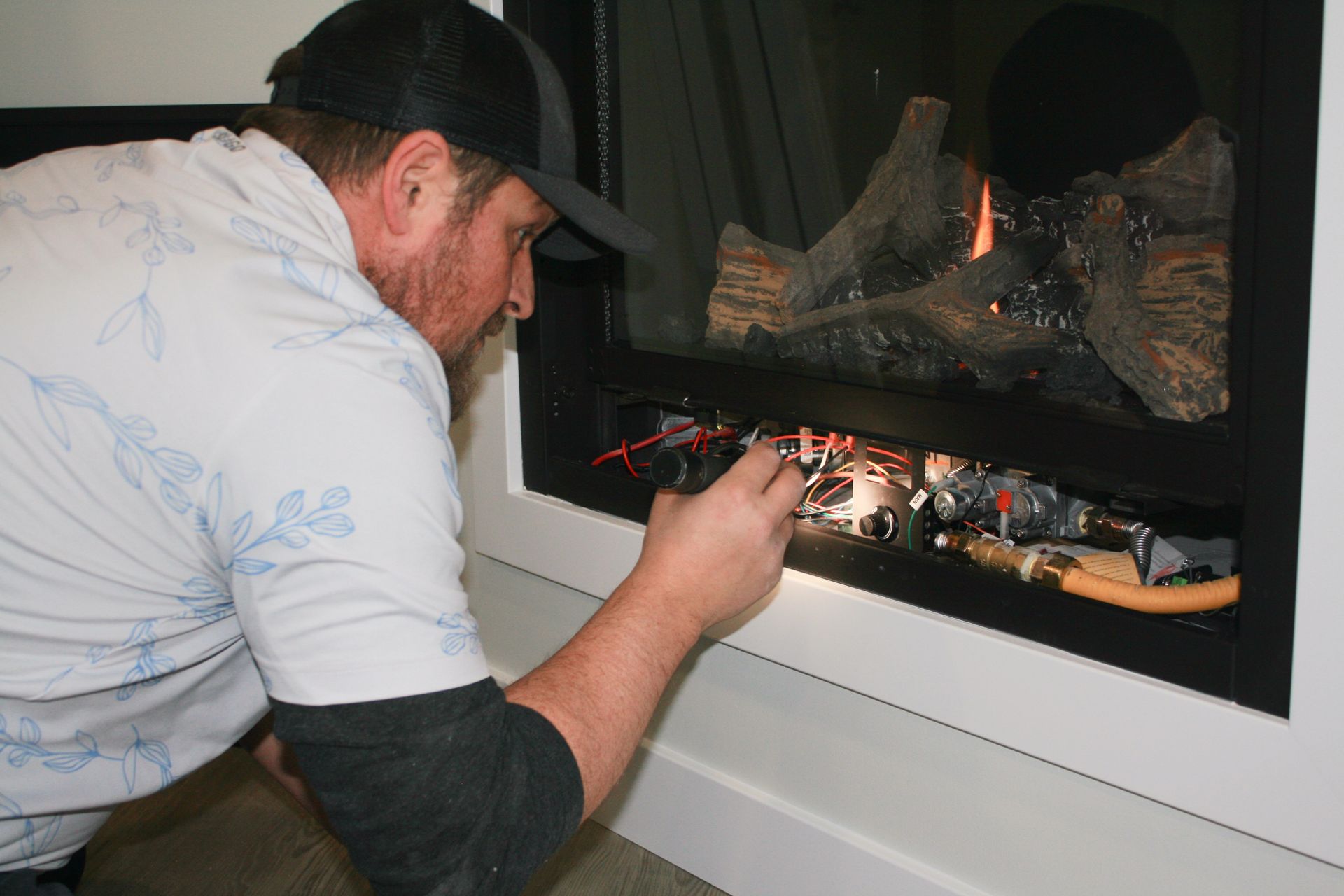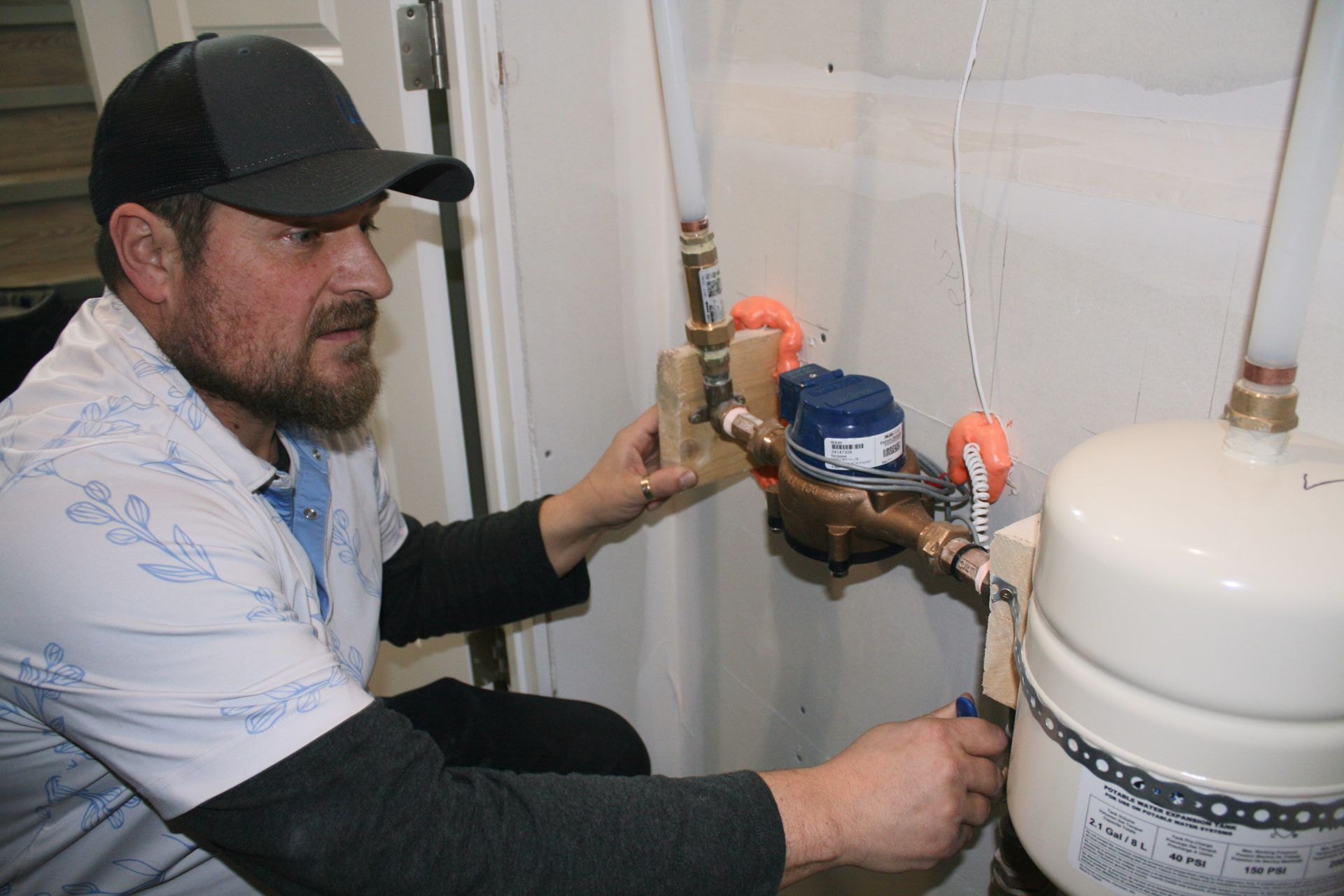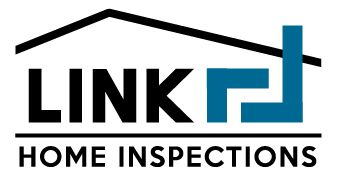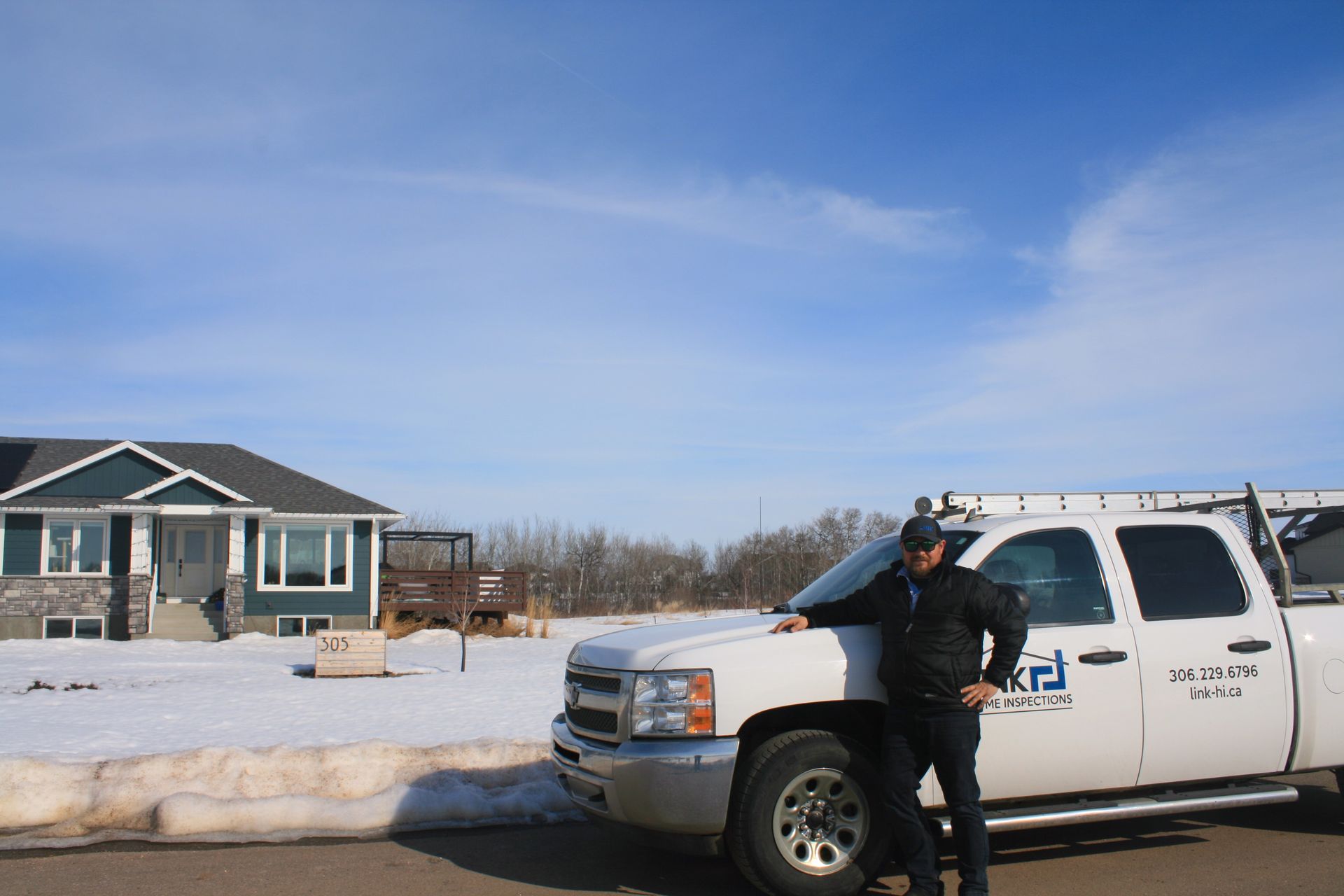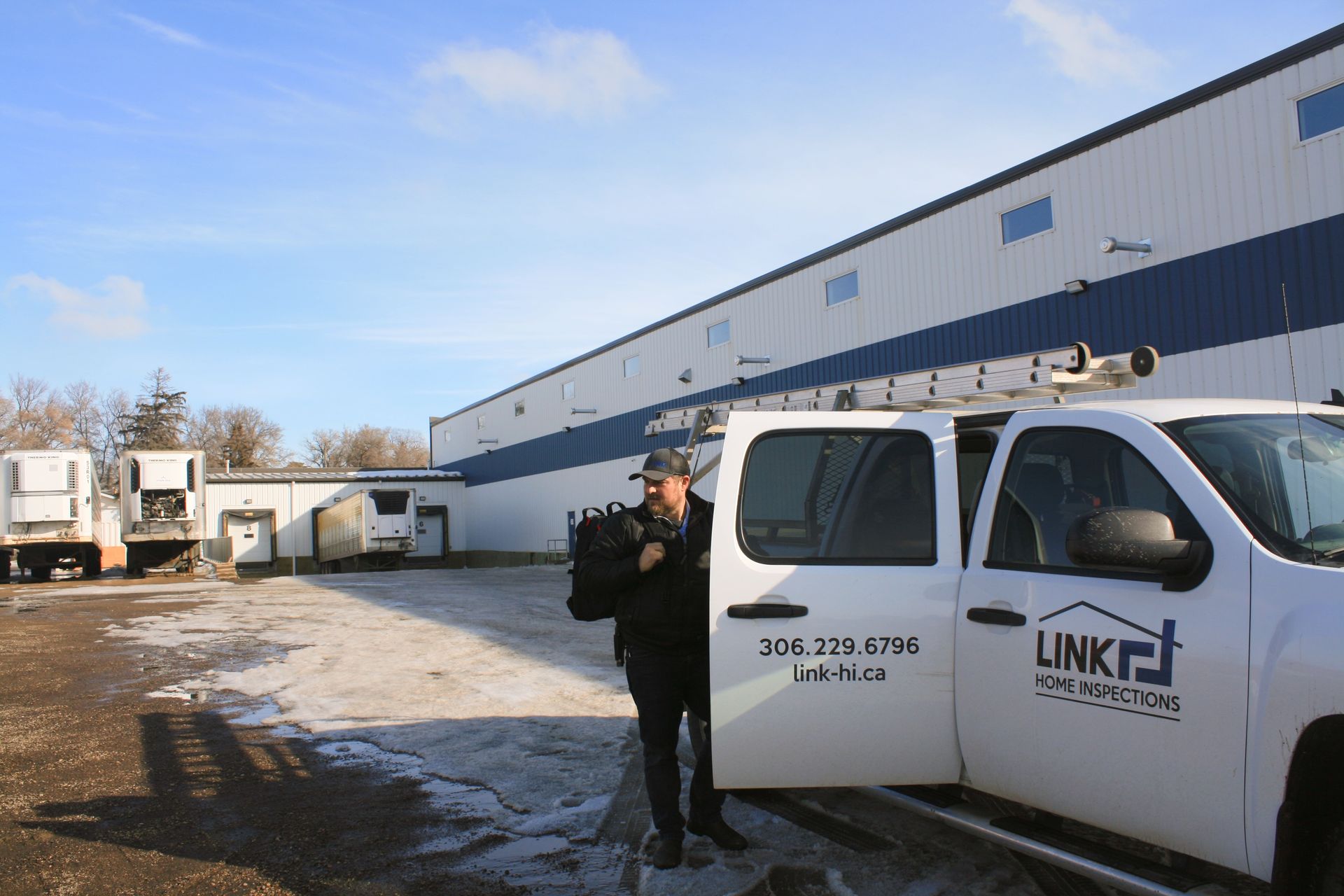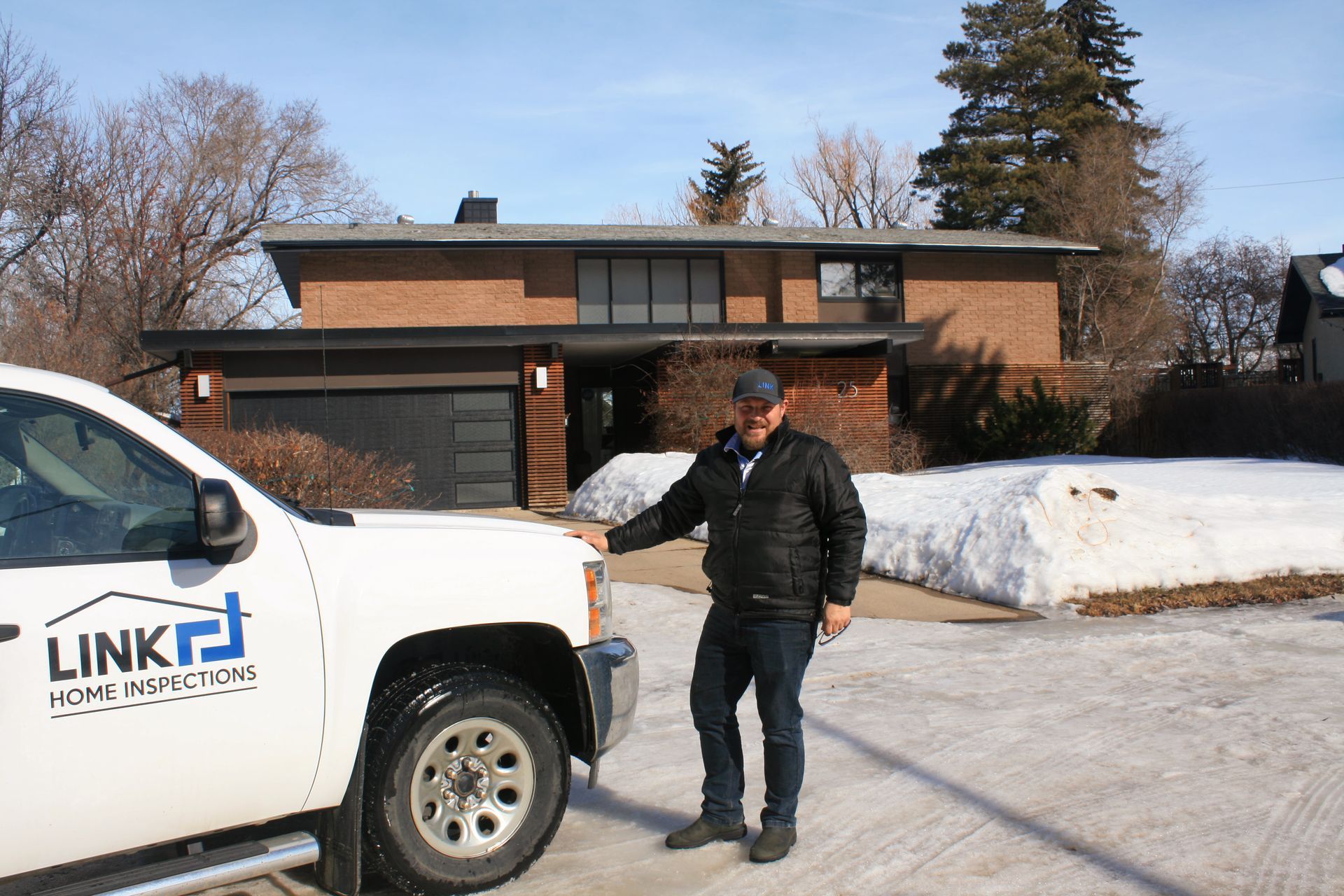Hidden Dangers: The Top Red Flags in a Home Inspection Report
Buying a home is one of the most significant investments you’ll make, and a home inspection is your best defense against unexpected surprises. While some issues are minor, others can be major red flags that indicate costly repairs or safety hazards.
In this guide, we’ll highlight the most common home inspection red flags, what they mean, and whether they should be deal-breakers.
Why Home Inspection Red Flags Matter
When a real estate inspection uncovers serious issues, buyers must decide whether to:
- Negotiate repairs with the seller
- Request a price reduction
- Walk away from the deal
Understanding the warning signs can help you make an informed decision before committing to a purchase.
The Top Home Inspection Red Flags
1. Foundation Issues & Structural Damage
- Red Flag: Large cracks in the foundation, uneven floors, or sticking doors/windows.
- Why It’s a Problem: Foundation issues can lead to major structural failures and expensive repairs.
- What to Do: Have a structural engineer evaluate the severity before making a decision.
2. Roof Damage & Leaks
- Red Flag: Missing shingles, sagging rooflines, or water stains on ceilings.
- Why It’s a Problem: A failing roof can lead to water damage, mold, and high replacement costs.
- What to Do: Request a roof inspection and negotiate repairs before closing.
3. Plumbing Problems
- Red Flag: Low water pressure, coloured water, or visible leaks.
- Why It’s a Problem: Hidden leaks can cause mold growth and structural damage over time.
- What to Do: Have a plumber inspect the system for underlying issues.
4. Electrical System Deficiencies
- Red Flag: Outdated wiring, flickering lights, or missing GFCI outlets.
- Why It’s a Problem: Electrical issues can lead to fire hazards and costly upgrades.
- What to Do: Ensure the home meets modern safety codes before proceeding.
5. HVAC System Failures
- Red Flag: Old or malfunctioning heating and cooling systems.
- Why It’s a Problem: An outdated HVAC system may require expensive repairs or replacements.
- What to Do: Request maintenance records and test the system before closing.
6. Water Damage & Mold
- Red Flag: Musty odours, stained walls, or visible mold growth.
- Why It’s a Problem: Mold can indicate hidden leaks and pose serious health risks.
- What to Do: Have a mold remediation specialist assess the situation.
7. Pest Infestations
- Red Flag: Termite damage, rodent droppings, or chewed wires.
- Why It’s a Problem: Pest infestations can cause structural damage and hygiene issues.
- What to Do: Conduct a pest inspection and negotiate extermination costs.
8. Poor Drainage & Grading Issues
- Red Flag: Water pooling near the foundation.
- Why It’s a Problem: Poor drainage can lead to foundation shifting and basement flooding.
- What to Do: Improve landscaping or install drainage solutions before moving in.
Final Thoughts: Should You Walk Away?
Not all home inspection red flags are deal-breakers, but major issues require careful consideration. If repairs are extensive, it may be wise to walk away and find a better investment.
Need a Professional Home Inspection?
At Link Home Inspection, we provide thorough home inspections to help buyers avoid costly mistakes. Contact us today for a detailed inspection report!
